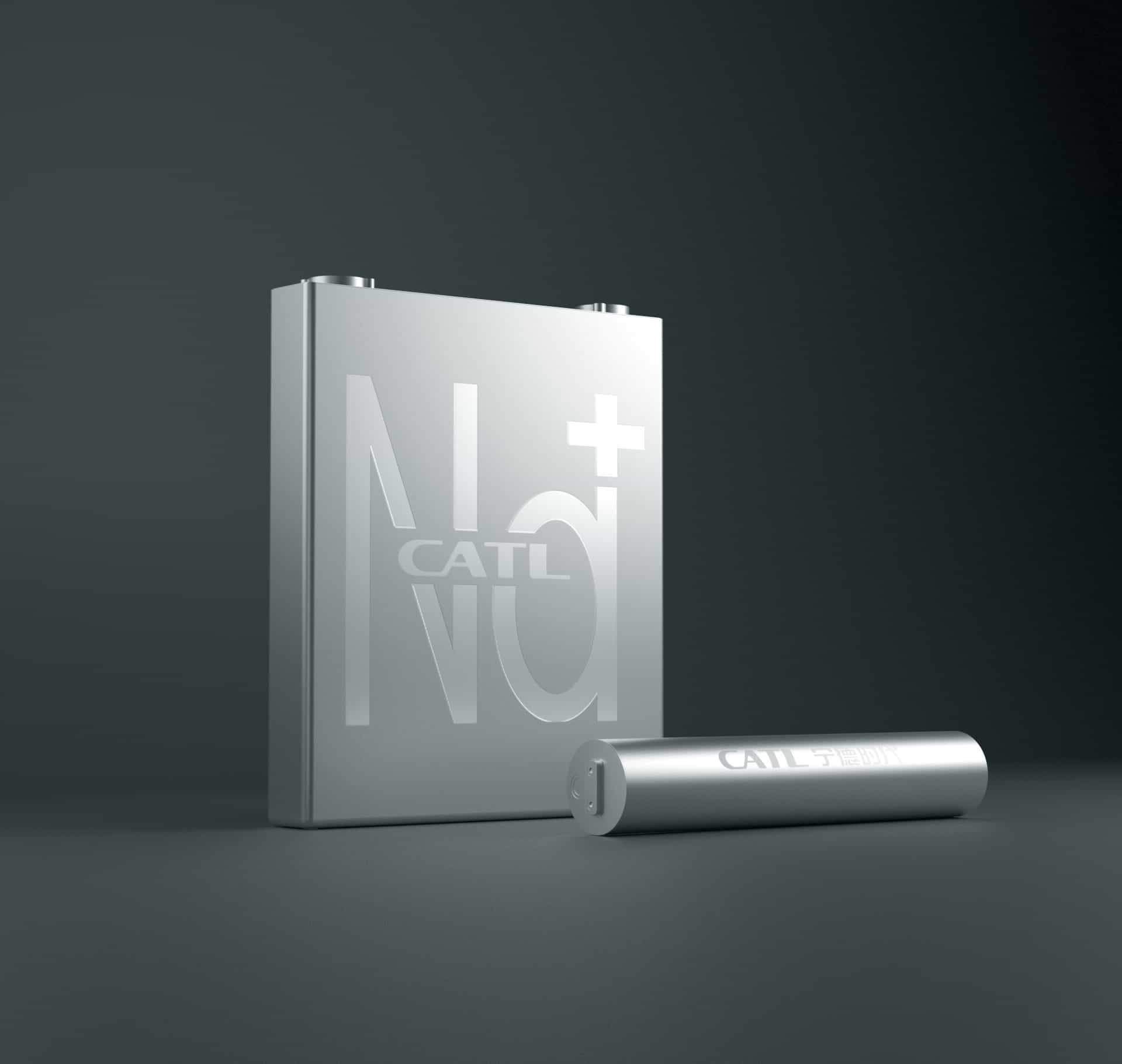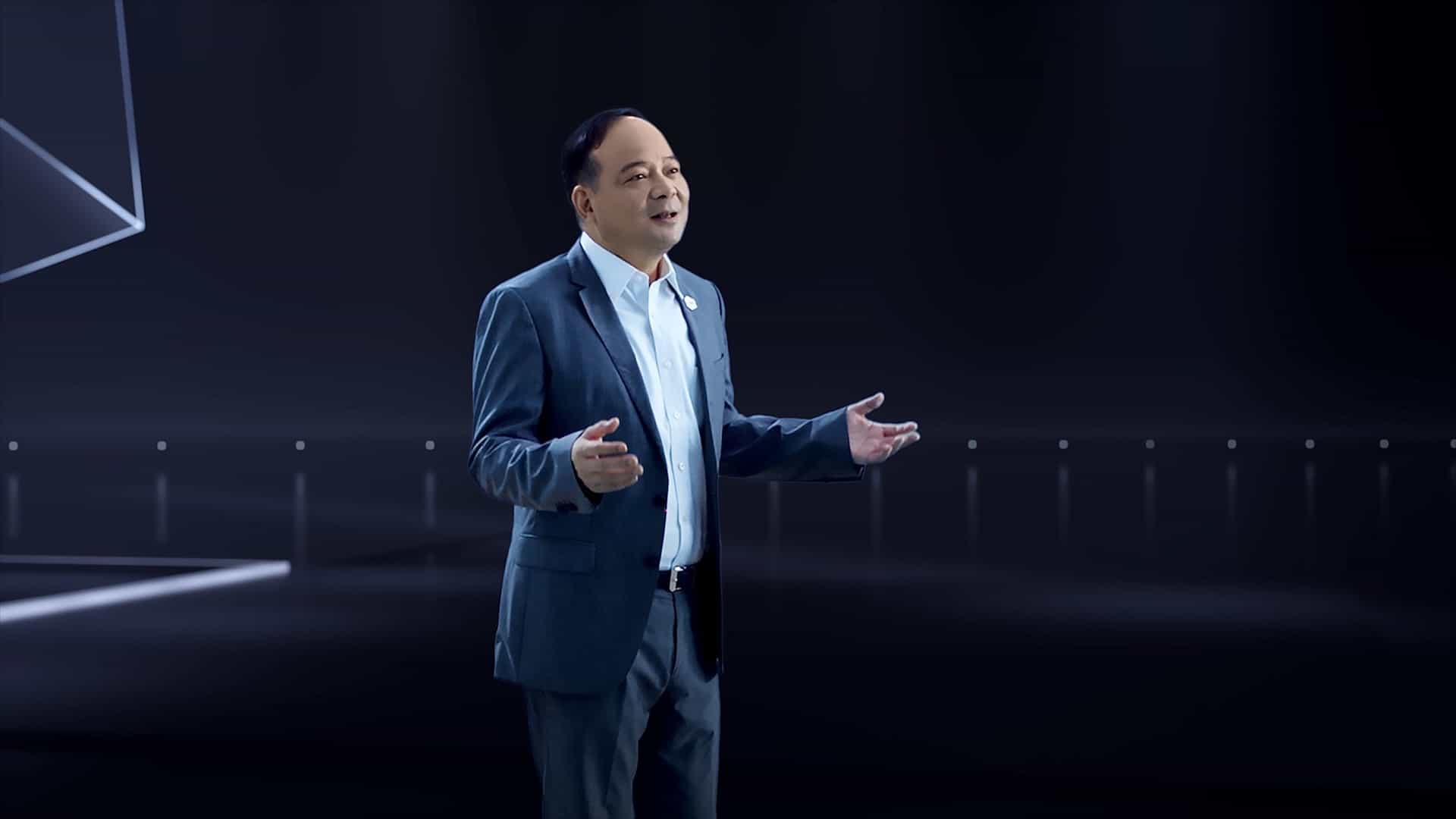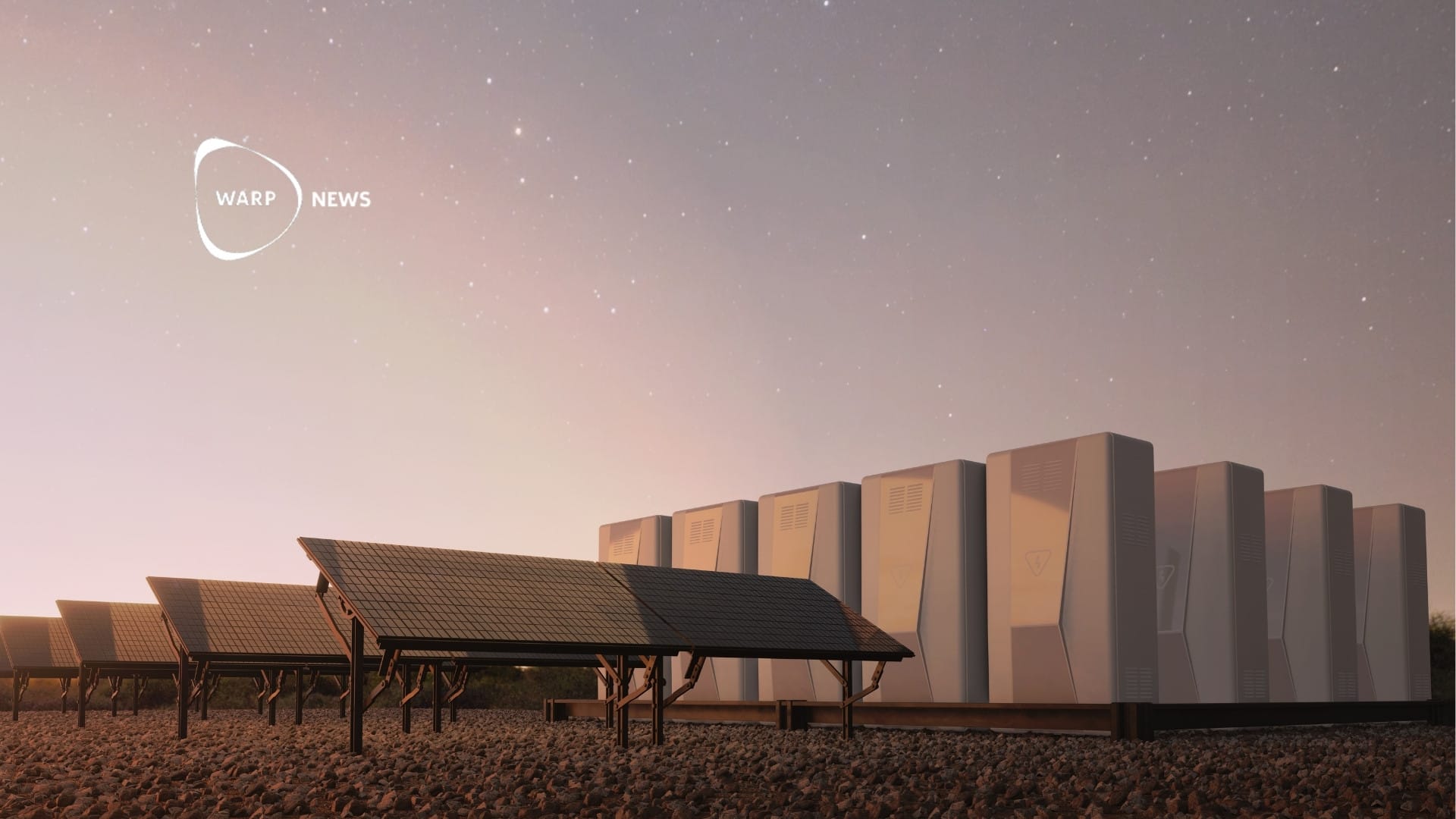
🔋 Breakthrough: Here is the world's first sodium EV battery
Sodium is a whopping 1,000 times more abundant than lithium and both cheaper and easier to extract. Now, the biggest battery maker for EVs has revealed a sodium-ion battery that could shake the industry.
Share this story!
Today, lithium-ion is dominating in terms of battery technology. But there has never been more research on batteries, and many different types are in the making.
One type is the sodium-ion battery which promises to be safer, cleaner, and cheaper than the lithium-ion battery. It can also charge quickly and perform better in extreme weather.
Sodium-ion batteries do not contain lithium, cobalt, or nickel. These are the main metals used in the three main battery technologies: nickel-cobalt-aluminum (NCA), nickel-cobalt-manganese (NCM), and lithium iron phosphate (LFP).
Now, the world’s biggest battery maker for electric vehicles, CATL, has become the first major manufacturer to unveil a sodium-ion battery, and they hope their cutting-edge technology will revolutionize the world of electric cars.
CATL, or China’s Contemporary Amperex Technology Co., is a massive company that provides batteries to, among others, Tesla and Volkswagen. Their sodium-ion battery has been many years in development, and now it's finally added to their product line.
According to CATL, their sodium-ion battery can reach 80% capacity in 15 minutes and performs well at sub-zero temperatures.
“CATL producing large scale sodium-ion batteries shows the technology's appeal is coming to fruition sooner rather than later,” Max Reid, an analyst at energy research and consultancy firm Wood Mackenzie, said in a statement.

Sodium versus lithium
The high energy density, meaning it can store a lot of energy relative to its weight, is a major advantage to the lithium-ion technology and why this battery type is so well-suited and widely used to power EVs.
The drawback is that lithium mining is expensive, environmentally destructive, and requires a lot of water — almost two million liters, or 500.000 gallons, per ton of lithium. Also, over half the world’s lithium supply happens to be in the driest parts of the planet, so farmers are forced to compete with lithium miners for scarce water supply.
Additionally, lithium is quite rare, and increased demand is already causing the cost to increase dramatically. If the process of extracting lithium cannot be improved in several ways, we will see an increase in battery costs which directly influence the cost of EVs.
So, new battery types, not using lithium, are important in transitioning to cleaner and more effective transportations. This is where sodium-ion is an exciting alternative to lithium.
Sodium is a whopping 1,000 times more abundant than lithium and both cheaper and easier to extract. Sodium-ion batteries can also operate at a wider temperature range, making them especially attractive to transports in areas that are very hot or cold. Not least, they are also non-flammable.
The catch with sodium-ion
So, is sodium-ion plain and simply better than lithium-ion? No. It has its shortcomings, and CATL’s sodium-ion battery suffers from the same type of issue that’s long-held back sodium-ion tech: it can’t, so far, really match the energy density of a lithium-ion battery.
So, the battery has to be heavier. This means the car wastes more of its energy hauling its own battery around, reducing range.
CATLs solution to this is the development of a single system that features sodium-ion and lithium-ion batteries. This can provide the best of both worlds, delivering high density and good performance at high temperatures, for instance.
The Chinese battery giant plans to continue developing its standalone sodium-ion battery, aiming to increase energy density going from the current 160Wh/kg to 200Wh/kg.
The highest density lithium-ion batteries, like the ones used in Tesla Model 3, are at 250 Wh/kg, so still a bit off. Still, there are so many other benefits to sodium-ion batteries that this technology could very well be sitting in your next EV.
As of now, CATL has started its industrial deployment of sodium-ion batteries and plans to form a basic industrial chain by 2023.
By becoming a premium supporter, you help in the creation and sharing of fact-based optimistic news all over the world.


